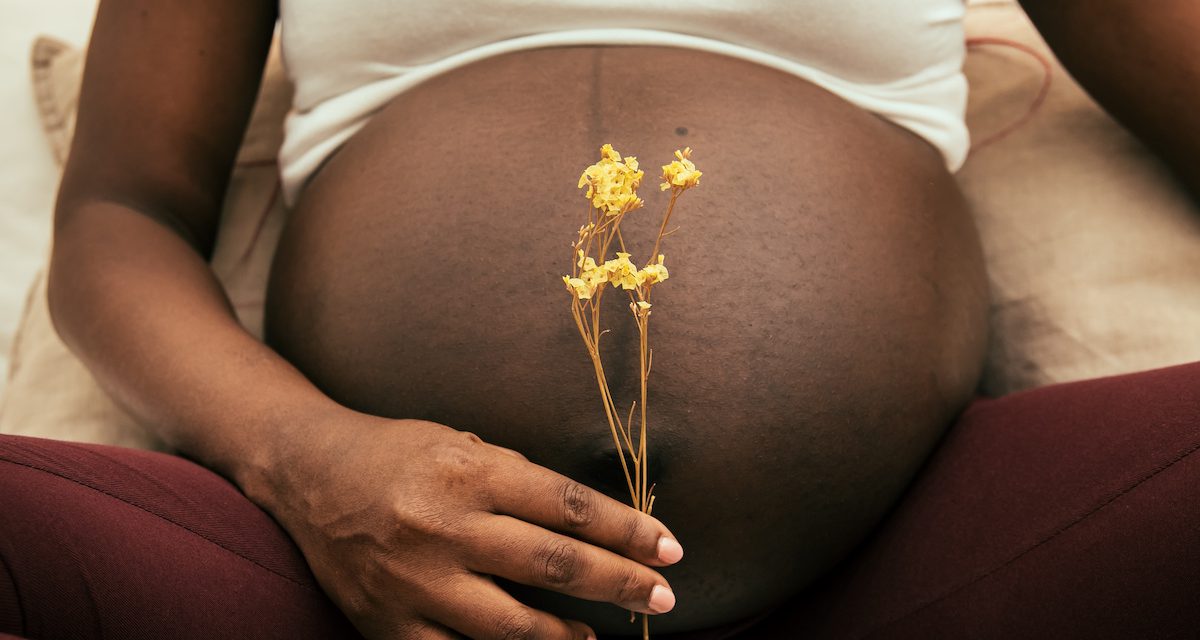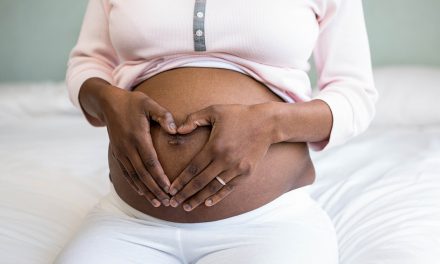Although social determinants of health (SDOH) are widely recognized as a potent influence on health outcomes, dissecting every variable that contributes to SDOH is a gargantuan task. It is impossible to fully account for SDOH without fully understanding all of its component parts. The barriers posed by SDOH are not without answers.
The people most directly impacted by a problem have the most comprehensive insight into its nuances and solutions. Operating from this position is the Black Mamas Matter Alliance (BMMA), an organization dedicated to the health, wellness, and rights of Black birthing people which often brings together experts to discuss SDOH and relevant information. (The term “Black mamas,” as BMMA uses it, encompasses all people of African descent across the diaspora, including trans and gender-nonconforming people.)
Birth Justice
Jamarah Amani of the Southern Birth Justice Network spoke about birth justice. “Discourse regarding health equity is ultimately a discourse about bodies,” said Amani, quoting Dr. Camara Jones. “It necessitates analysis of power dynamics that have historically patterned and continue to shape our health experiences, exposures, and opportunities.” The root causes of health disparity trace back to quality of care within the health care system, access to health care, especially preventative care, and other differences in SDOH. Black mamas’ intersecting identities of gender and race compound the barriers they face, especially where culturally and racially appropriate care is concerned.
“Having conversations about improving health that doesn’t involve how we impact and increase people’s power is an incomplete conversation,” said Amani, and acknowledging that connection is critical in order to have a responsible conversation. Health disparities are the result of power disparities, or “the observable and unobservable differences in access, opportunity, and participation.” Power, in this sense, is not something an individual holds, but is spread across the collective of a community and codified in SDOH and societal institutions, such as the health care system.
Factors that contribute to this disparity are often classic examples of SDOH, such as lack of access to care, substandard care, lack of education about options, complications, and baseline health that would empower people to make informed health decisions for themselves, and culturally inappropriate care. Other factors may seem less obvious, like the chronic stress of racism, institutional bureaucracy that hinders access, previous birth trauma, and other identity-related oppression. “Structural and institutional racism are pre-existing conditions, and we really need to talk about them in this way,” said Amani.
“We’re seeing that right now with the coronavirus pandemic and how it’s disproportionately impacting Black folks, and that is 100% because of structural and institutional racism. Black maternal mortality is the same.”
The root causes of Black maternal mortality also include the white privilege encoded in the education of health care providers. The child welfare and health care systems still operate on the 1965 Moynihan report, which blamed Black women for their social and economic status. Moynihan’s report was written from a worldview wherein a traditional nuclear family structure was necessary, with men as breadwinners and women tending to the home. Though many people lauded the report and its author as a champion of hard truths, the report is cited more often than it is actually read, and the realities of its message — and the policy and institutions built upon it — simply condemn Black families for the crises they face. Pathologizing Black women’s bodies and lives became standard, and Black people’s lives and bodies are still only treated as valuable insofar as they serve capitalism, rather than inherently valuable as people.
In light of the myriad factors supporting health disparities for Black people, the birth justice framework was created in 2010 to address root causes of birth disparities. It recognizes that all peoples can birth and be parents, that people of color, immigrant people, and members of the LGBTQ+ community have survived a history of trauma and oppression around their decisions to have or not have babies. Key issues include reducing maternal and infant mortality, access to midwifery care, and health disparities as human rights violations, among other causes.
The crowning policy of the birth justice movement is the birth justice bill of rights, a 22-item document outlining the rights of Black mamas. “All of these are human rights, and not having access to these things is actually what is creating health disparities and perpetuating them,” said Amani. “As we are moving into a time where there are more restrictions on birthing people, in particular in hospitals, it’s important that folks know what their rights are and be able to advocate for their rights.”
“These are inalienable rights, these are human rights, these are natural-given rights. Just the fact that we live and breathe means that we should be able to have our values, our culture, our identity, our Blackness, our right to safety from violence, our families, our support networks, respected. We should never have to surrender our bodies to the system.”
The Role of Midwifery Care
Increasingly, birthing people are seeking out-of-hospital births, driven by concerns about separation from their babies or doulas, increased surgical births, fears of their rights being denied, financial and family stresses, lack of transportation and easy access, insurance coverage, and exposure to coronavirus. “There has been a shift in midwifery over the last few decades from being a community-based tool and health care right to being more seen as a boutique service for wealthy, educated, predominantly-white families,” said Amani. “Part of the work of building a birth justice movement is to shift the movement back to centering Black families. Home births are for Black families.”
Black midwives have historically had a larger role in Black births, but as policy and legislation changed, their ability to continue that work was heavily diminished. In 1900, midwives attended about 50% of births, but by 1935 that number had dropped to 10%. Grand midwives used to serve as caregivers, healers, and abortion providers in their communities prior to the rise of anti-midwife sentiment and efforts on the part of physicians and policy makers. The success of these efforts led to many marginalized communities being left without access to any prenatal care or abortions.
“One of the darkest moments of American history,” said Shafia Monroe, “was the systematic eradication of the African American midwife from her community, resulting in a legacy of birth injustices.”
Brittany “Tru” Kellman, founder of Jamaa Birth Village, spoke about her birth experiences to illustrate the need for more compassionate birth care. “Ultimately, I went on to have my first two children about five years apart. Each one of those births were at two different local hospitals, but very, very traumatizing, and I was harmed in different ways,” Kellman said. “So with a passion to see past that trauma and to really reach the vision that was bestowed upon me to see a compassionate midwifery care center for Black people, I persevered. I ended up having my third son at home. I had a very successful holistic midwife-led home birth.”
The vast majority of birthing people are not having high-risk pregnancies or births, but still seek care in a hospital because that is what is expected. According to the CDC, 92%-94% of all pregnancies are considered low risk, but 98% of births take place in the hospital. Kellman highlighted the trend as an improper risk-appropriate care mechanism, likening the practice to scheduling regular dental check-ups with oral surgeons rather than oral hygienists. Over 90% of hospital births are delivered by physicians, and only 8.7% are delivered by CNMs or CMs.
With Black mamas dying at two to five times the rate of white women, and the root causes of Black maternal mortality resting firmly in the racist roots of the medical system, the need for Black midwifery is urgent — but only 2% of midwives in America are Black. In light of such great need, Kellman said, “it is up to Black midwives and birth workers to implement holistic wraparound care services to address core maternal health issues.”
Spreading the word is the first step on the path to repairing the Black maternal health gap. Altruism Media and its inaugural campaign, The Maternal and Infant Health (MaIH) Project, is dedicated to sharing the information and connecting the resources that will help local communities achieve the best health outcomes for birthing parents. To learn more, visit https://altruism-media.org/programs.








